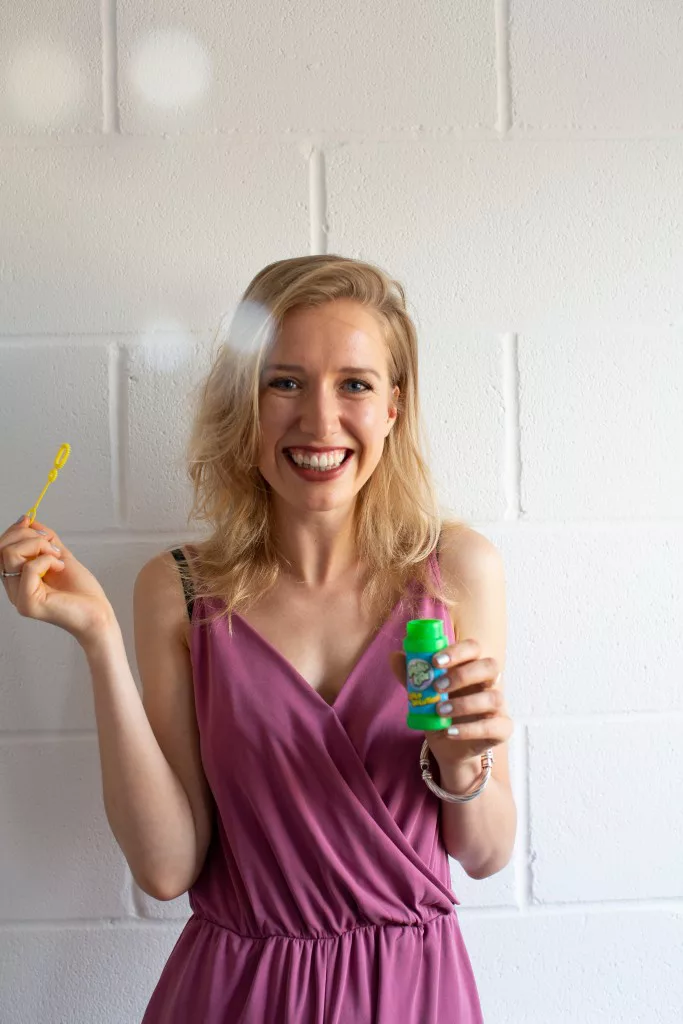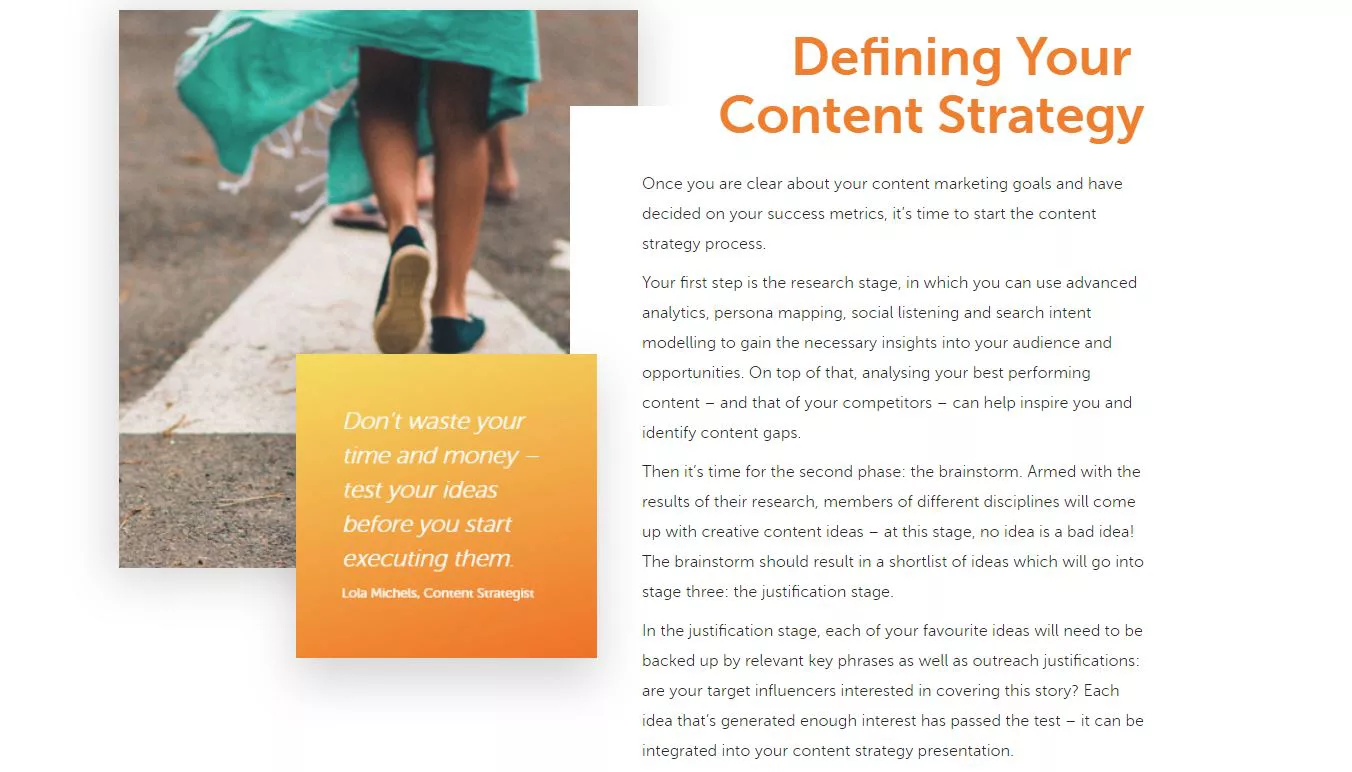
Your brand has laid some solid foundations for SEO, UX and social media and your business is running smoothly. But there comes a point when standing out from the crowd starts posing more of a challenge. A solid content strategy might be just what you need to take your web presence to the next level and create a competitive advantage.
My name is Lola Michels and I’m a Content Strategist at Passion Digital. Today, I’ll run you through the process we follow when developing a digital content strategy for our clients. But first, let’s explain content strategy. What is it and how does it relate to content marketing?
What is Content Strategy?
Content strategy is the process of researching, brainstorming, selecting, presenting and planning creative campaign ideas that help your business meet its digital marketing goals. The person in charge of this process is called a Content Strategist.
What is Content Marketing?
Content marketing is the creation, publication, outreach and promotion of content assets that may form part of a bigger campaign or strategy. The person in charge of this process is called a Content Marketing Manager.
The Content Strategist and Content Marketing Manager work closely together to create successful content campaigns that meet your digital marketing objectives.
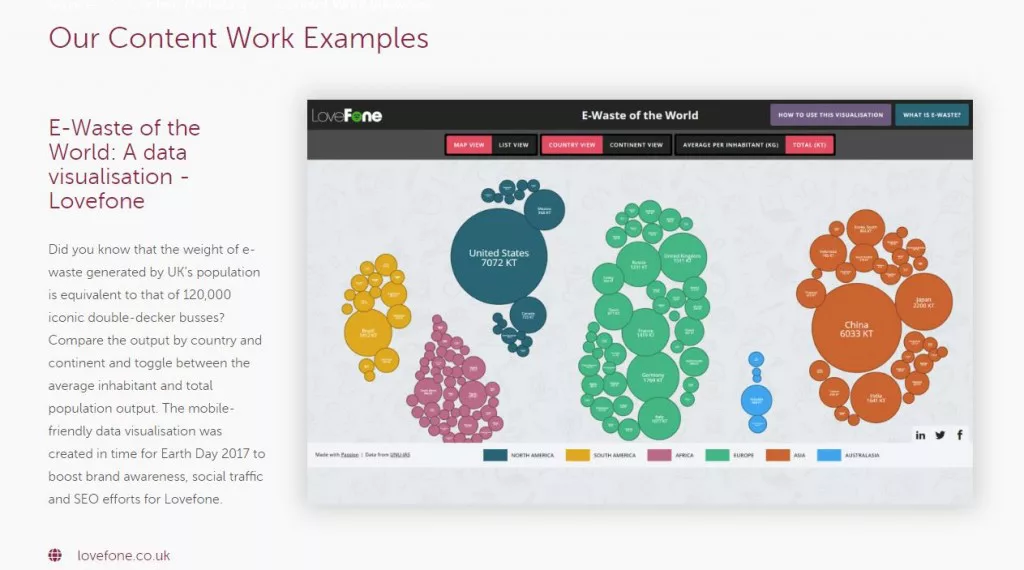
Have a look at some successful content marketing examples.
The Five Stages of Content Strategy
At Passion Digital, we employ a five-step process to creating an effective content strategy. By following these initial steps, we make sure we’re headed in the right direction when your content campaigns get launched. Don’t gamble with your time and money by shooting in the dark – we’ll do everything we can to ensure we meet the targets that we set out to hit.
1. Knowing Your Content Objectives
To kick off our strategy process, we need to get to know your brand and your content objectives. Some content objectives could be:
• Boosting brand awareness
• Strengthening your brand positioning
• Increasing web traffic
• Increasing conversions
• Generating backlinks
• Creating partnerships
• Connecting with influencers
• Positioning yourself as a thought leader
• Winning the trust of your target audience
This list is by no means exhaustive, as there may be some even more specific goals you have in mind for your content.
Together with the relevant stakeholders, we’ll go through a list of induction questions to get a top-level sense of your brand, your goals, your industry, your audiences and your opportunities.
2. Doing the Research
In the second stage, we will investigate the content landscape in-depth. We will map out your existing audiences and create personas to identify your typical users. With the use of specialist analytics tools, we will identify the content assets that are performing best for you and your competitors in terms of backlinks, social shares, organic traffic and conversions. From this knowledge, we can extract popular themes and formats, as well as content gaps.
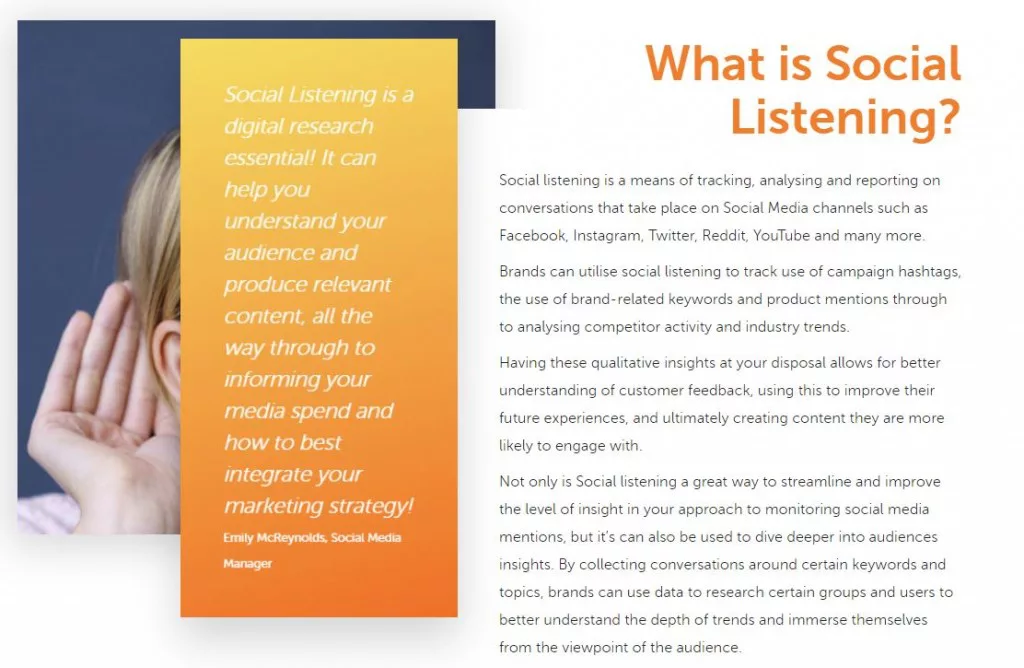
Social Listening explained.
If you need in-depth insights into your audience’s interests, worries, challenges, motivations and sentiments, our specialist social listening tools can generate eye-opening reports that can inform your strategy.
3. Brainstorming Campaign Ideas
Armed with the insights from our in-depth research, we’ll go into a content brainstorm that often involves many different specialists. With SEO, social media, outreach, account and UX experts on board, we’re able to generate and assess ideas from many different angles.
After an initial session in which no idea is a bad idea, we’ll pick our favourite ideas and decide on their most appropriate format. The Content Strategist on your account will take this selection of ideas into the next phase of the process.
4. Refining the Selection
We might like ideas based on a gut feeling, but as a results-driven digital agency, that is not good enough for us. Before we start creating your campaigns, we will invest in search intent modelling and pre-outreach to target publications to ensure there is an appetite for them. Ideas that do not make the cut can be discarded, adjusted or refined so that they’ll meet the objectives that you have set out to achieve.
The ideas that do make the cut have optimal chance of success due to the proactive nature of our campaign justification process.
5. Your Content Strategy and Roadmap
At the end of the process, you as the client will be presented with a proposal of campaigns that will help you meet your content objectives, alongside the research and justification that led up to them. The individual tasks will be laid out in a content roadmap, which maps out the required activities month-by-month. As we have a wealth of skills and experience in-house, we can take on almost any task that is required. We pride ourselves on our ability to really become part of your team and work together with in-house stakeholders to make optimal use of resources.
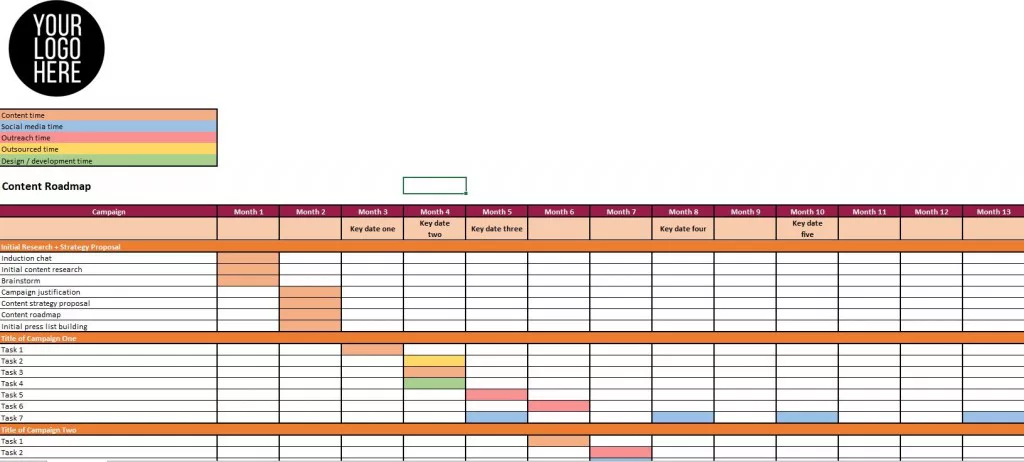
An example of a 12-month content strategy plan/roadmap.
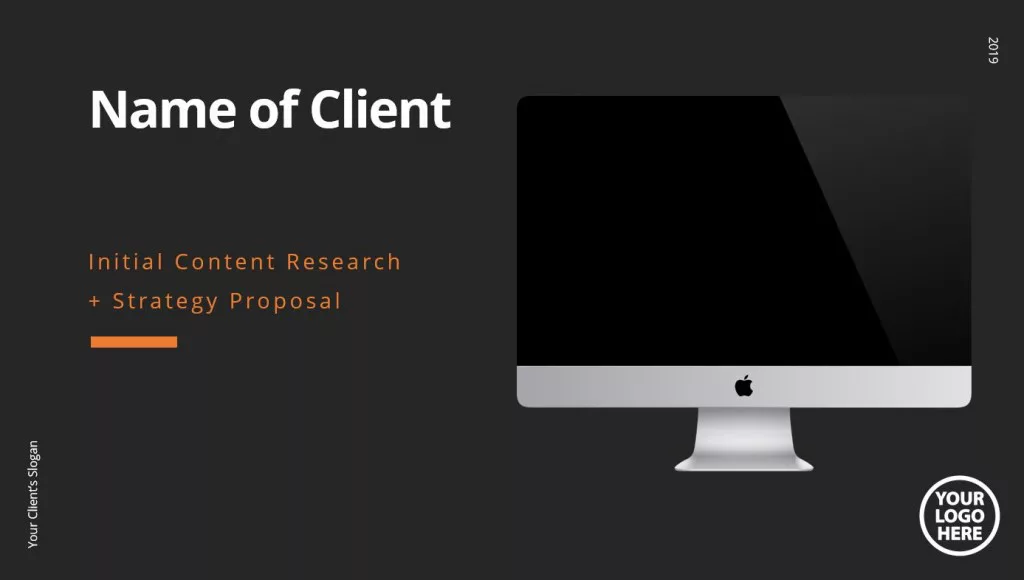
This content marketing strategy template shows an example of the structure that your strategy document might take.
Once a solid strategy is in place for your brand, a capable Content Marketing Manager will oversee its creative, timely and correct implementation. Take on some of the tasks in-house or let our team get on with it – whatever you choose, we’ll be a partner that you can rely on.
 Passion Digital
Passion Digital 